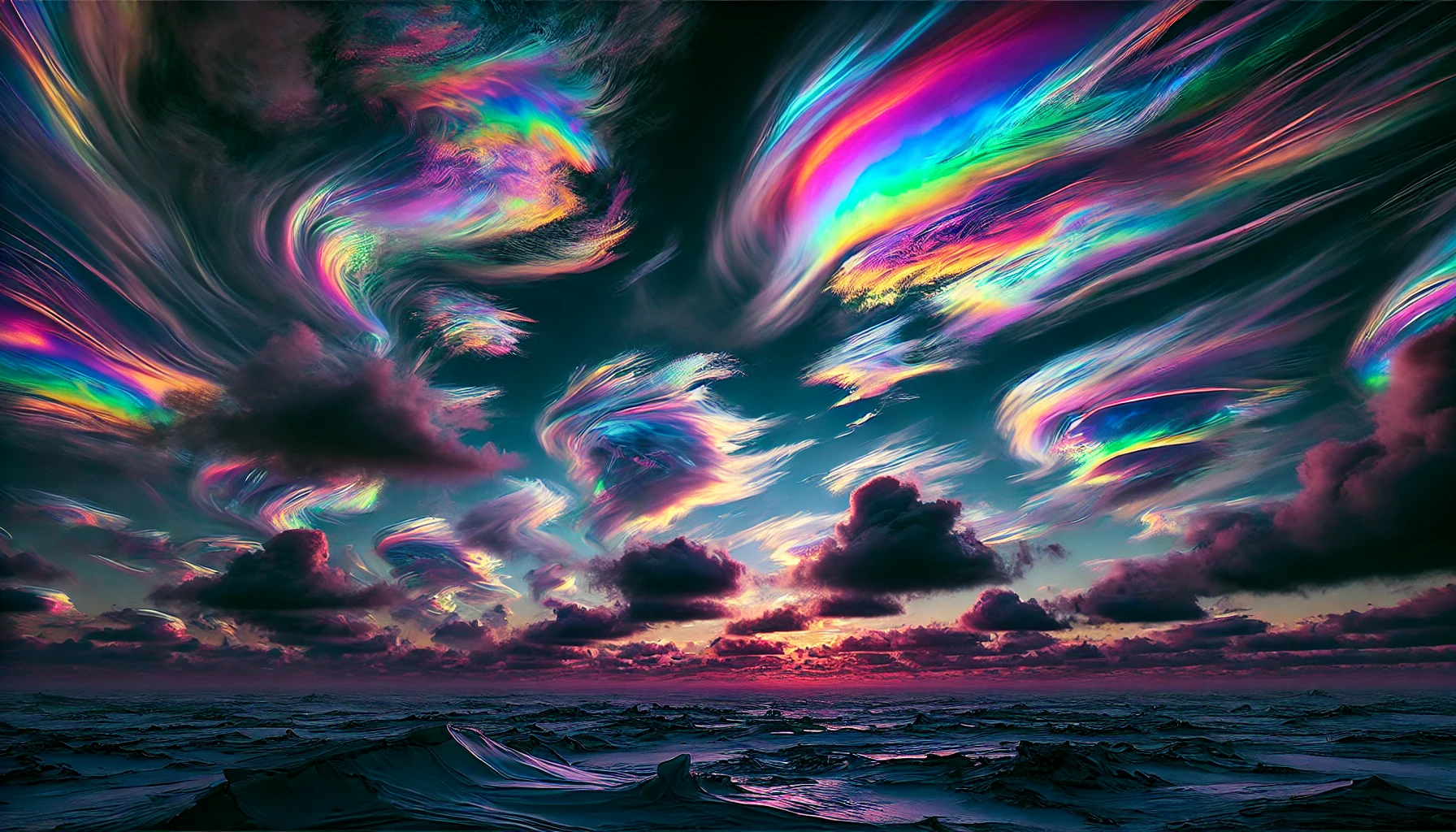Nacreous clouds, or polar stratospheric clouds, are a stunning atmospheric phenomenon most commonly observed in the polar regions during the winter months. These clouds are not only a visual marvel but also play a significant role in atmospheric chemistry.
What Are Nacreous Clouds?
Nacreous clouds form in the lower stratosphere at altitudes of about 15,000 to 25,000 meters, much higher than most other cloud types. They are best known for their brilliant, iridescent colors—vivid pinks, blues, greens, and yellows—that appear to glow against the darker twilight or early dawn sky.
The Science Behind the Spectacle
The vivid colors of nacreous clouds come from the sunlight being diffracted by tiny ice crystals within the cloud. These clouds are formed under extreme conditions: temperatures in the stratosphere must drop below -78 degrees Celsius. Their ice crystals form on lingering particles in the atmosphere, which can include volcanic ash or human-made pollution.
Environmental Impact
While nacreous clouds are beautiful, they have a darker side. They contribute to the destruction of the ozone layer by providing a surface for chemical reactions involving chlorine and bromine compounds, which are released from man-made substances. This process accelerates the depletion of the ozone, particularly over the poles.
Viewing Nacreous Clouds
The best places to observe nacreous clouds are at high latitudes, such as Norway, Sweden, Finland, or the British Isles, during the winter months. Observers need to look toward the horizon at twilight to catch the best view of these shimmering clouds.
Photographic Opportunities and Challenges
Capturing the ethereal beauty of nacreous clouds is a dream for many photographers. The challenges include the need for quick response times and the right equipment to capture their fleeting appearance and intense colors.
Conclusion
Nacreous clouds offer a breathtaking natural display that highlights the dynamic interactions within Earth’s atmosphere. While they bring attention to the ongoing issues of atmospheric pollution and ozone depletion, they also remind us of the planet’s fragile beauty like the lenticular clouds.

